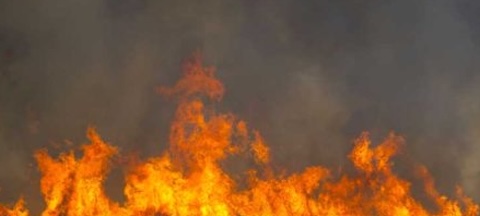Teepee brings Indian culture to high school’s front lawn
Published 2:06 pm Thursday, May 19, 2016

- Senior Jack Peterson, right, winds a rope around the tops of a group of teepee poles while learning how to put up a teepee with other students Thursday at Pendleton High School.
It only took one try for a group of students to set up a 16-foot-tall canvas teepee on the front lawn of Pendleton High School on Thursday morning.
Kim Minthorn, Indian education teacher at the school, said that’s not always the case.
Trending
“I’ve had to take (my teepee) down six times to get it right,” she said about her experience at the Pendleton Round-Up Indian Village. “You have to have the poles just right before it will work.”
The teepee on the lawn, a modern-day version of the portable shelter used by migrating Indian tribes across the plains, is part of American Indian Week in Oregon, a week of celebrating the state’s native population and its culture. Gov. Kate Brown signed a proclamation to honor the nine sovereign tribal nations in the state, and thank them for the contributions to the communities, environment and economy.
Minthorn said the teepee is a simple way to share that culture at the high school, where about 8 percent of the students are American Indian, according to Oregon Department of Education demographic numbers.
On Friday, Minthorn will continue the cultural outreach by handing out fry bread at the Snack Shack at the school — but it comes with a catch. Minthorn has distributed some facts about the local Confederated Tribes of the Umatilla Indian Reservation to a few students, and they have been instructed to share them in their social media circles.
To get a slice of the bread, students must share with Minthorn what they’ve learned. She said the information is already “spreading like wildfire.”
Minthorn is in her first year at the school, and her goal is to create an open dialogue about Indian culture with students. Even some of the Indian students are surprised to learn about the history of the Tribes in the area and the purposes behind the ceremonies and traditions.
Trending
“There’s an imaginary wall,” she said, “and people aren’t sure whether they can ask questions or if they will accidentally offend the person they are talking to.”
There’s no such thing as a dumb question, Minthorn said, and the only way to learn is to ask.
The governor’s proclamation was signed specifically for the week of May 14-21, 2016, but Minthorn hopes to see another American Indian Week next year, and to bring even more events to the high school.









